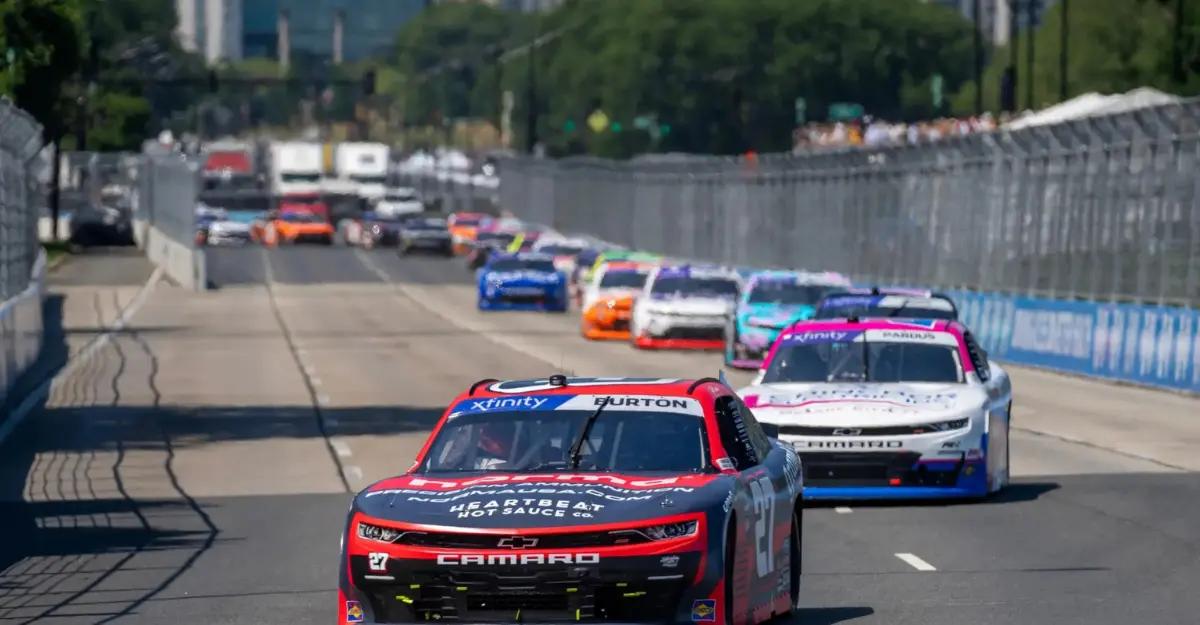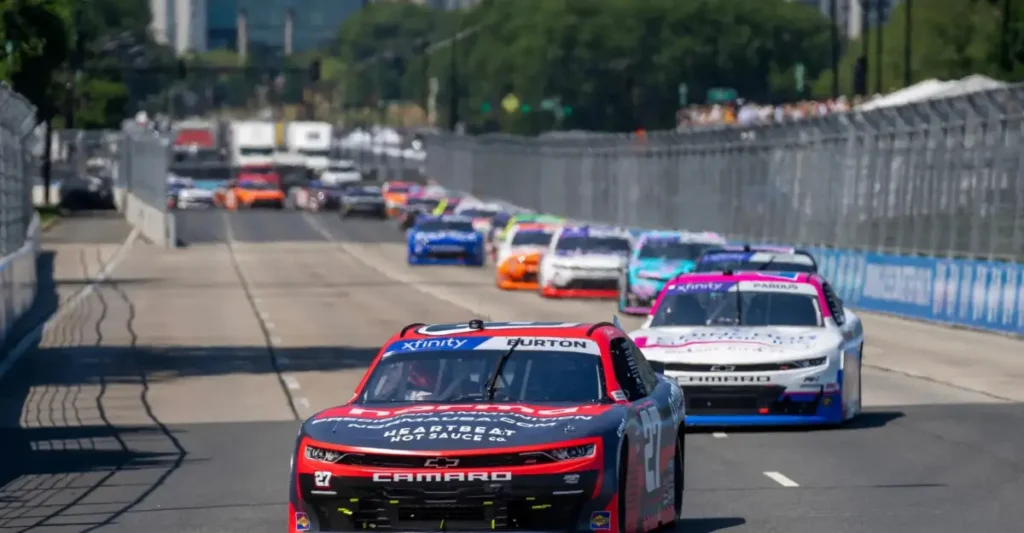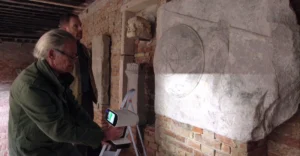NASCAR teams are revolutionizing racing by implementing 3D printing for faster production of lightweight, aerodynamic car components.
The partnership between NASCAR and Stratasys is set to expand significantly as teams embrace 3D printing technology for creating crucial racing components.
While the sophisticated manufacturing method has been used to create specific components such as cold air inlet vents and NACA ducts, now it will be adopted throughout a greater proportion of race car production.
Engineers are focusing on developing lightweight, aerodynamically optimized components that can be produced faster and at lower costs than traditional manufacturing methods. The technology allows teams to create geometrically complex ducts, covers, brackets, and tubing that improve performance on the track.

“Traditional manufacturing processes just cannot deliver the speed and customization potential that 3D printing provides,” the NASCAR engineering spokesman said. “When you’re dealing with milliseconds that make the difference in racing, the ability to prototype and produce parts quickly gives teams an edge.”
The financial implications are significant as well. With NASCAR teams spending approximately $400,000 on cars, engines, and crew per race, the cost-saving potential of 3D-printed components could transform team budgets and resource allocation.
According to industry experts, as much as 30% of a NASCAR vehicle’s non-structural parts could be 3D printed in two years’ time, which will help distinguish these performance machines even more from your neighbor’s sedan.
The financial stakes are high, too. Considering that NASCAR squads spend around $400,000 on vehicles, motors, and staff on a away race, the opportunity to save money with 3D-printed pieces could reshape what crews spend their budget on.
Advanced Manufacturing technology to produce parts on demand would be particularly useful on race weekends, when teams need to quickly react to changing track conditions and sudden damage.
































